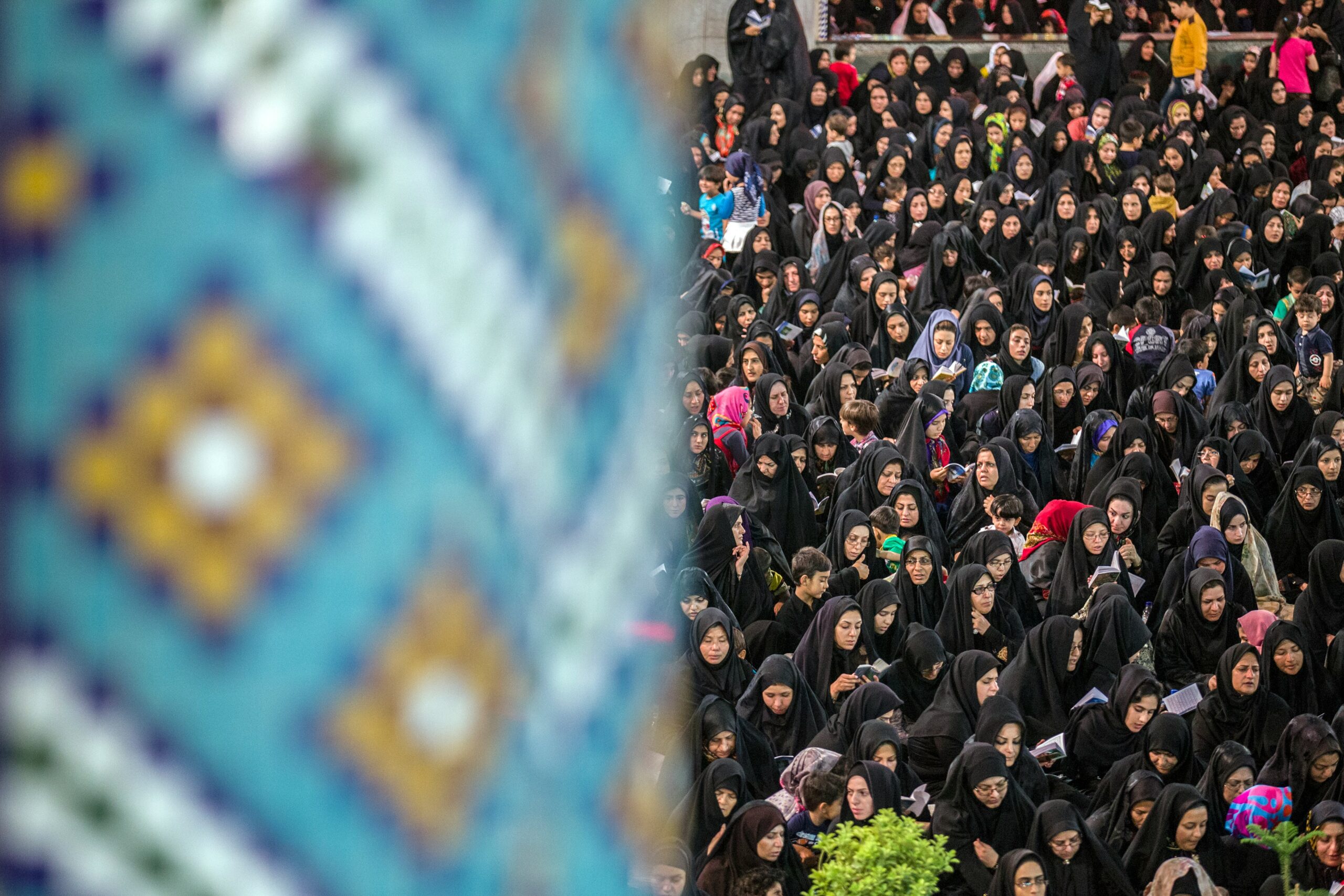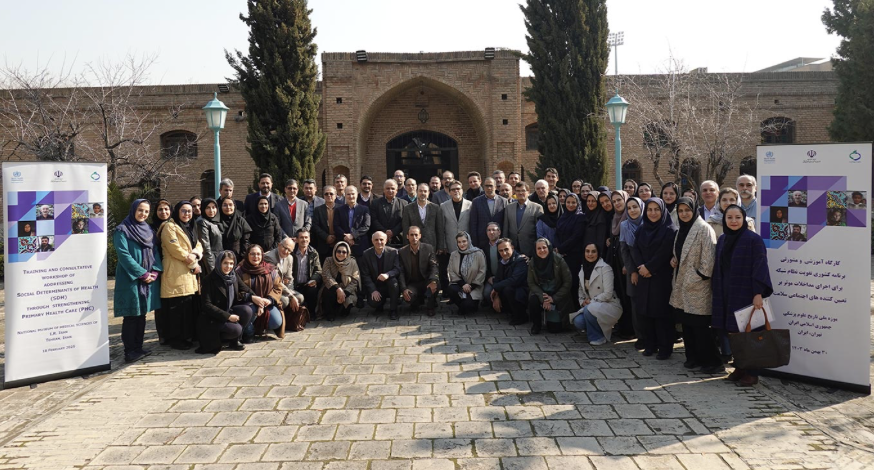Iran’s primary health care system has evolved since the early 1980s into a model of equitable and community-based health service delivery. Rooted in the principles of the 1978 Alma-Ata Declaration, the system established a nationwide network of rural and urban health centers providing essential and preventive care. This approach led to major improvements in maternal and child health, immunization coverage, disease prevention, and public health awareness. Despite these successes, challenges such as urban–rural disparities, workforce training gaps, and infrastructure needs persist. Overall, Iran’s experience demonstrates how sustained commitment to primary health care can promote population well-being and advance health equity.
History of primary health care in Iran
Reference
Ali Aboutorabi, Banafshe Darvishi Teli, Aziz Rezapour, Seyed Jafar Ehsanzadeh, Mariano Martini, Masoud Behzadifar, History of primary health care in Iran, Journal of Preventive Medicine and Hygiene, 01 Nov 2023
Published On
01 Nov 2023
Country
Tags
Source
Ali Aboutorabi, Banafshe Darvishi Teli, Aziz Rezapour, Seyed Jafar Ehsanzadeh, Mariano Martini, Masoud Behzadifar, History of primary health care in Iran, Journal of Preventive Medicine and Hygiene, 01 Nov 2023
Document type
Related Content

Health Transformation Plan for Universal Health Coverage in Iran
Iran (Islamic Republic of)
